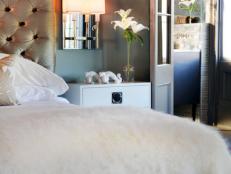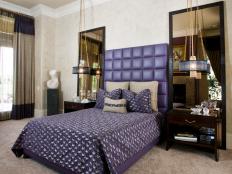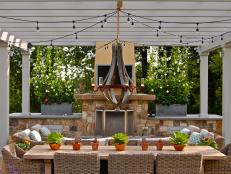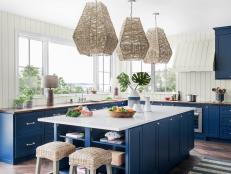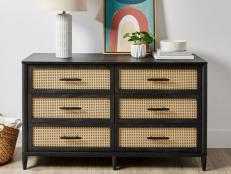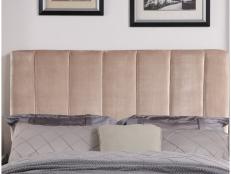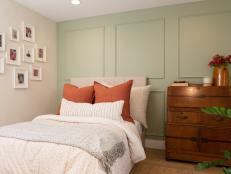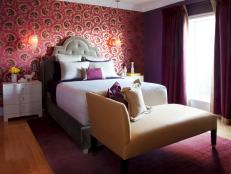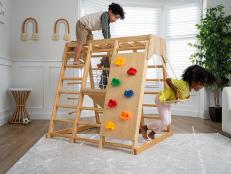Bedroom Recessed Lighting

Recessed ceiling lights have become a popular way to add lighting to bedrooms. Recessed lights are perfect for providing ambient or general lighting, giving your bedroom the feel of being bathed in sunlight. They can also be strategically placed to accent specific areas or features of your bedroom. The lights can be controlled by dimmer switches, giving you control over how bright or soft you wish the light to be.
Light It Up: 12 Illuminating Ideas for the Bedroom
See All PhotosWhen choosing your recessed lighting fixtures and determining placement, it's important to keep balance in mind. You don't want to overdo it, ending up with rows of recessed lights that make your ceiling took like an airport runway. A few well-placed cans, layered with task and accent lighting as needed, will do the trick. You can layer recessed lights with floor lamps, table lamps, pendant light fixtures and flush-mounted ceiling lights. Install two small (three-inch or four-inch) recessed can lights on either side of a ceiling mounted light over the bed for a nice touch. If you are displaying a piece of art in your bedroom, install a recessed light above it to create a focal point.
Recessed lights don't work everywhere. Avoid installing them overhead in your master bathroom, as this type of light is unflattering. Instead, flank your vanity mirror with wall-mounted lights. Don't install recessed lights in nurseries, where high-wattage lights can be uncomfortable for baby's eyes.
Here are some useful concepts to know as you plan your recessed lights:
Halogen bulbs typically provide high-quality, low-voltage white light. While more expensive initially, these bulbs are more economical in the long-term. Low-voltage halogen bulbs will still maintain their "white" cast, even when dimmed.
Incandescent lights are the type of lighting most often found in homes. Incandescent bulbs usually have a yellow cast.
The light housing is the metal box that holds the light bulb and is hidden from inside the room. Housings are available in a range of sizes. For a remodel project, you'll want to get "remodel" or "old work" housing for your fixtures. These housings are made without a frame and are installed through a hole cut into the ceiling; they're held in place by mounting clips.
An aperture, or trim kit, is sold separately from the recessed lighting fixture. Apertures come in many types and styles.
If you are installing recessed fixtures in a room on the top level of your home, you'll want to get air-tight fixtures. These will prevent cooled and heated air in your home from escaping through the fixture into your attic. If your recessed lights are being installed in a lower-level room, you don't need air-tight fixtures.
See Also: Lighting Planning Guide






